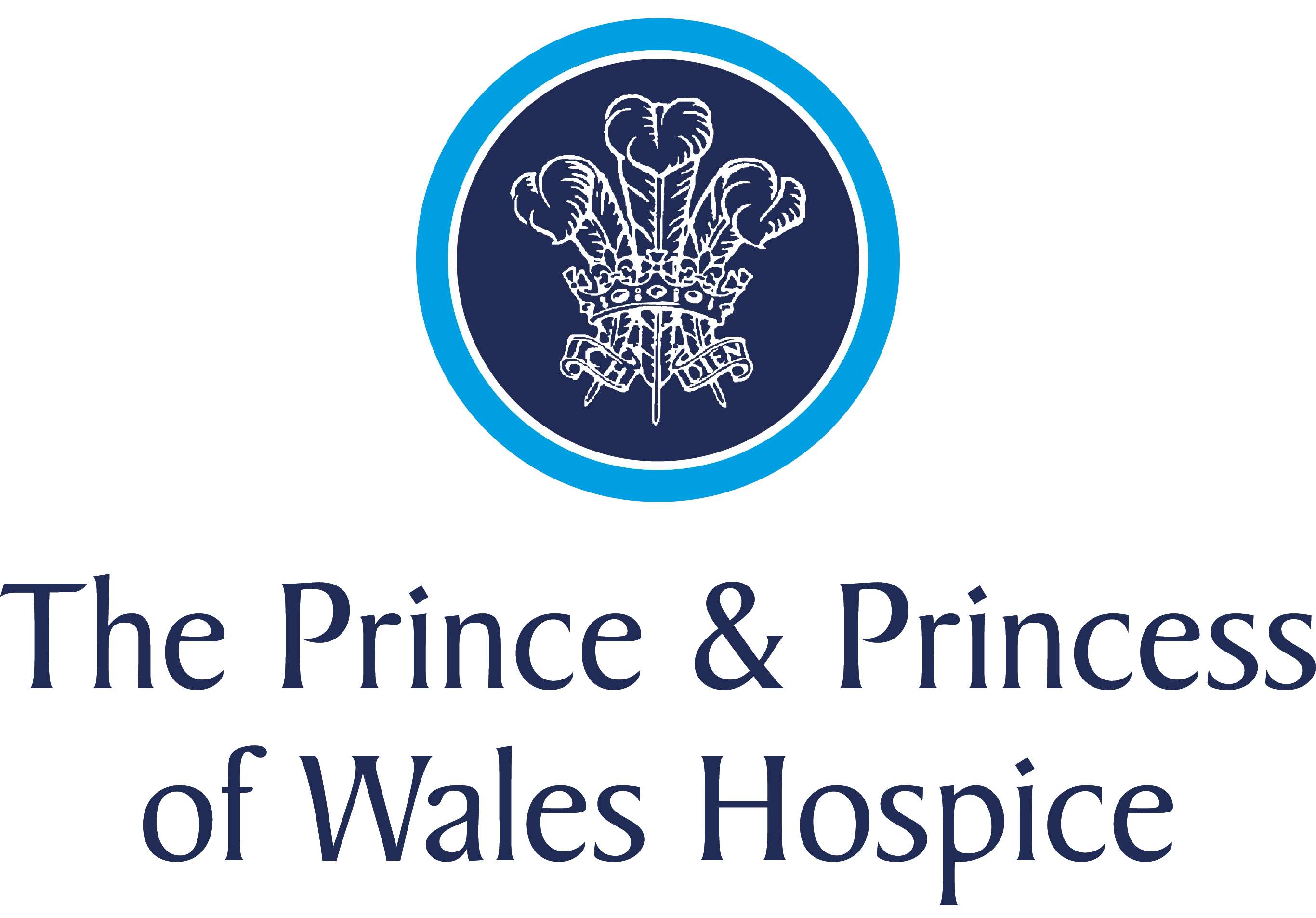Part One: What Is the Namaste Care Programme?
The Namaste Care Programme is a strengths-based and person-centred model of palliative and end-of-life care. Originally developed by Joyce Simard for people with advanced dementia, it is now increasingly recognised as valuable for individuals with a range of life-limiting conditions.
Take some time to watch and reflect on the following videos. Each one offers a unique perspective on Namaste Care.
As you watch, keep these questions in mind:
- What do you notice?
- What questions do you have? What do you wonder?
- What insights or realisations begin to bubble up?
1) What is Namaste Care – Joyce Simard, the programme creator, talks about her programme (5 mins)
2) Fundamental Needs – Ian James talks about how the Namaste Care Programme meets fundamental human needs (8 mins)
3) Seeing is Believing – Researchers from the University of Worcester talk about their research into the Namaste Care programme, and people who have adopted this approach talk about their experiences (4 mins)
Part Two: What Are the Core Elements of the Namaste Care Programme?
The Namaste Care mnemonic can help us remember the core elements of this practice. Slowly read each element — invite your curiosity.
What do you think you already do well?
What might you want to do more of, or differently, in the future?
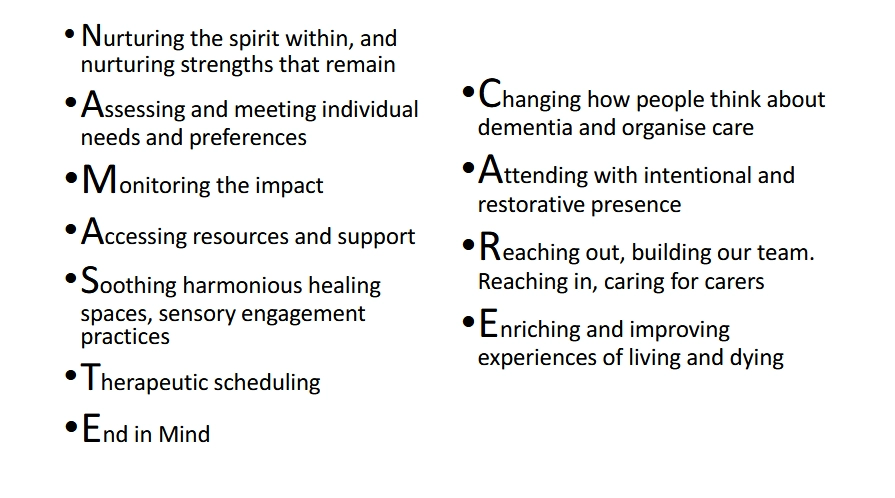
What do you notice as you read each one?
What questions do you have?
What insights and realisations bubble up?
Part Three: How Does the Namaste Care Programme Link with Other Models of Care — Including Palliative Care?
1) The Namaste Care Programme incorporates the principles of many models of care — listen to Fiona speak about this, and maybe take some notes as you listen (12 mins)
What do you notice as you listen?
What questions do you have…what do you wonder?
What insights and realisations bubble up?
2) Often the person who could benefit most from Namaste Care is also a person whose needs are changing and may benefit from some future care planning – watch this video to hear about the importance of future care planning and consider what you think and feel about what you see and hear.
3) Here is a letter that could help you invite family members to consider and discuss changing needs – and ask for their help knowing how to enrich and improve quality of life, till the end of life.
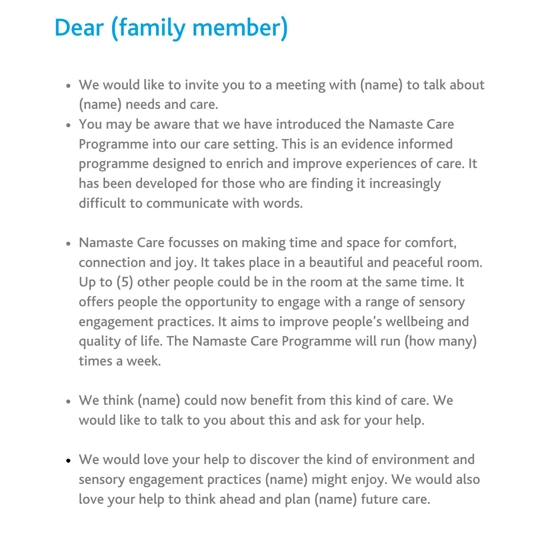
Part Four: How Might the Polyvagal Theory Give Us Hints and Tips on How We Can Settle and Soothe Activated Nervous Systems Using the Sensory Engagement Practices of Namaste Care?
1. Polyvagal Theory made simple — helping us understand how bodies react to stress beyond conscious control, and how co-regulation can underpin Namaste Care to help people feel safe and support meaningful connection. (7 mins)
Trigger warning: brief references to bullying and abusive relationships.
What do you notice as you listen?
What questions do you have?
What insights and realisations bubble up?
2. The practice of offering a warm welcome – what matters most during a Namaste Care session? (7 mins)
What do you notice as you listen?
What questions do you have?
What insights and realisations bubble up?
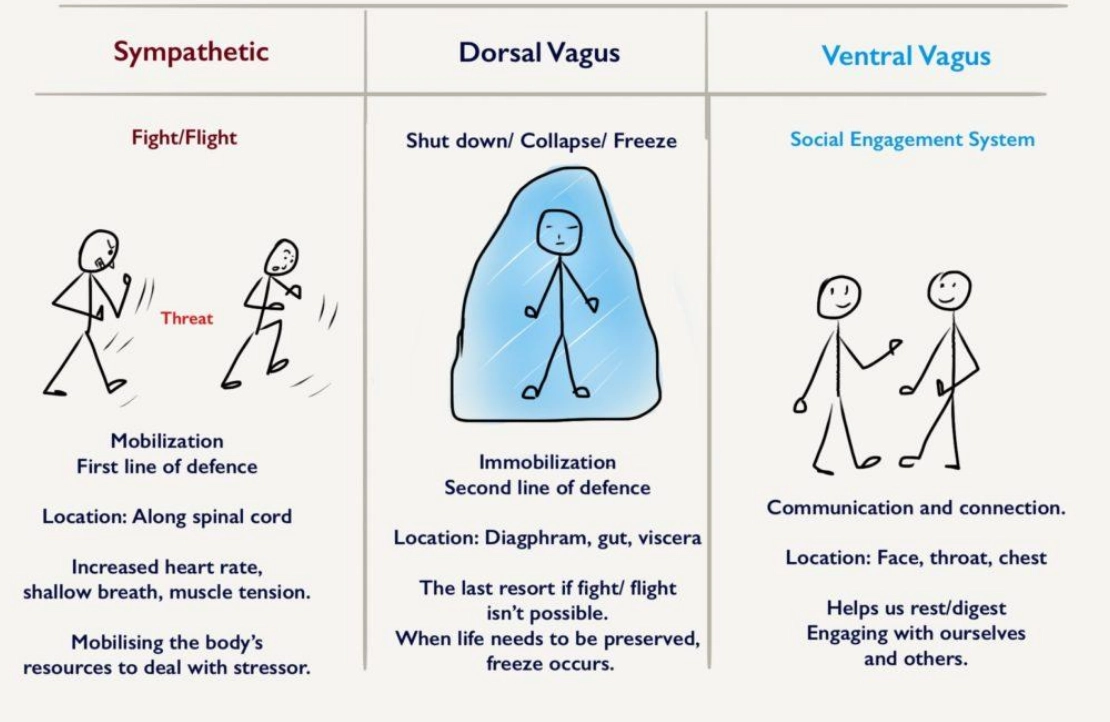
3. How to use eye-contact to communicate that you care – Ian James talks about eye contact (Joyce Simard calls this giving an ‘eye hug’)
Part Five: How Can We Practice Intentional and Restorative Presence During Namaste Care — and Why Does It Matter?

1. Being present on purpose – why it matters in Namaste Care
What do you notice as you listen?
Did you notice your mind wandering?
What questions do you have?
What insights and realisations bubble up?
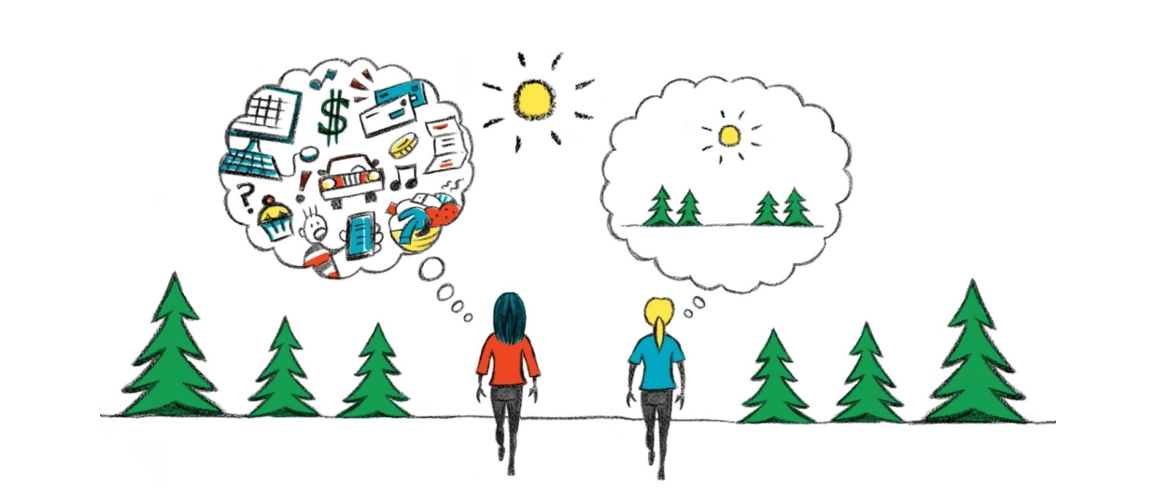
2. Developing skills in being present on purpose – The 54321 Practice
3. Developing skills in being present on purpose The STOP Practice.
Can you begin to practice these steps in daily life?
What do you notice as you practice?
What questions do you have?
What insights and realisations bubble up?
Part Six: How Can We Create Soothing, Healing, Harmonious Spaces to Practice Namaste Care?
Our physical environment matters. It influences how we feel and how we behave.
Take a look around the room you’re in right now.
What do you notice?
How do you feel?
What questions do you have about what you notice and how you feel?
What insights or realisations bubble up?
Now, take some time to watch and reflect on the following videos. Go at your own pace — there’s no rush. Watch one at a time, then consider what small changes you might make to create soothing, healing spaces in your own setting.
1. Creating a healing harmonious environment for Namaste Care
What do you notice?
How do you feel?
What questions do you have about what you notice and how you feel?
What do you wonder about creating a healing harmonious space in your own setting?
What insights and realisations bubble up?
2. Preparing for Namaste Care part one
3. Preparing for Namaste Care part two
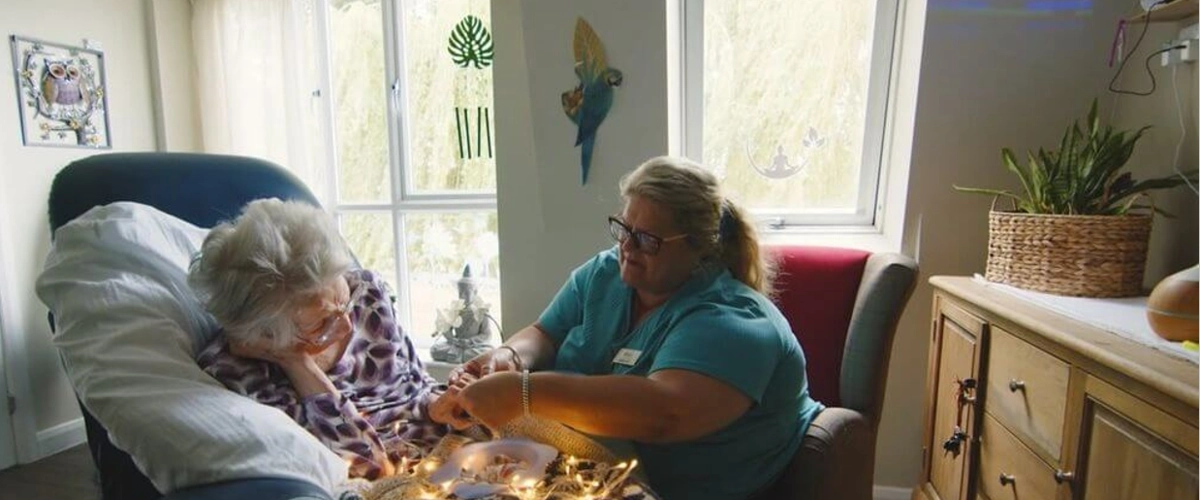
4. What do you notice in this image?
- Can you list 10 things that you notice?
- What do you appreciate?
- Is there something you would add/take away/do differently?
Part Seven: How Can We Attend to — and Amplify — the Strengths That Remain?
People may lose access to memory skills — but they don’t lose the ability to enjoy pleasant experiences in the present moment.
They may lose access to rational thinking — but not to intuitive awareness, which allows them to enjoy companionship, beauty, music, pets, and more.
1. The good news…joy is still possible
What do you notice in the video, and in your response to what you see and hear?
How do you feel?
What questions do you have about what you notice and how you feel?
What insights and realisations bubble up?
2.Take a look at this diagram
The building blocks of joy
- a sense of identity and connectedness
- a sense of security and autonomy
- a sense of meaning and opportunity for growth
Is joy something you aspire to for yourself, for those you work with, for those you care for/care about?
If it is not something you currently consciously aspire to…could it be going forward?

3. Something to consider. How can we create and promote joy? For ourselves? For those we work with? For those we care for/care about?
4. Take a look at the ‘seeing is believing’ video again – look out for expressions of joy - and ponder the following questions
What visual experiences played to the strengths that remain…what impact did they have?
What auditory experiences played to the strengths that remain…what impact did they have?
What tactile experiences played to the strengths that remain…what impact did they have?
What gustatory experiences played to the strengths that remain…what impact did they have?
What olfactory experiences played to the strengths that remain…what impact did they have?
How were the proprioceptive and vestibular senses supported – what was the impact?
Part Eight: What Are Your Reflections After Watching, Listening, and Pondering the Material on This Learning Hub?
Take a moment to reflect on your journey through this learning hub. Ask yourself:
- What do you know now that you didn’t know before?
- What will you start to do more of?
- What will you start to do less of?
- What difference will all of that make?






